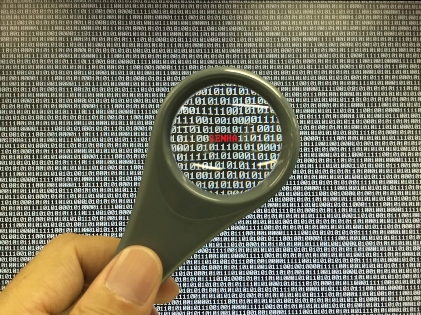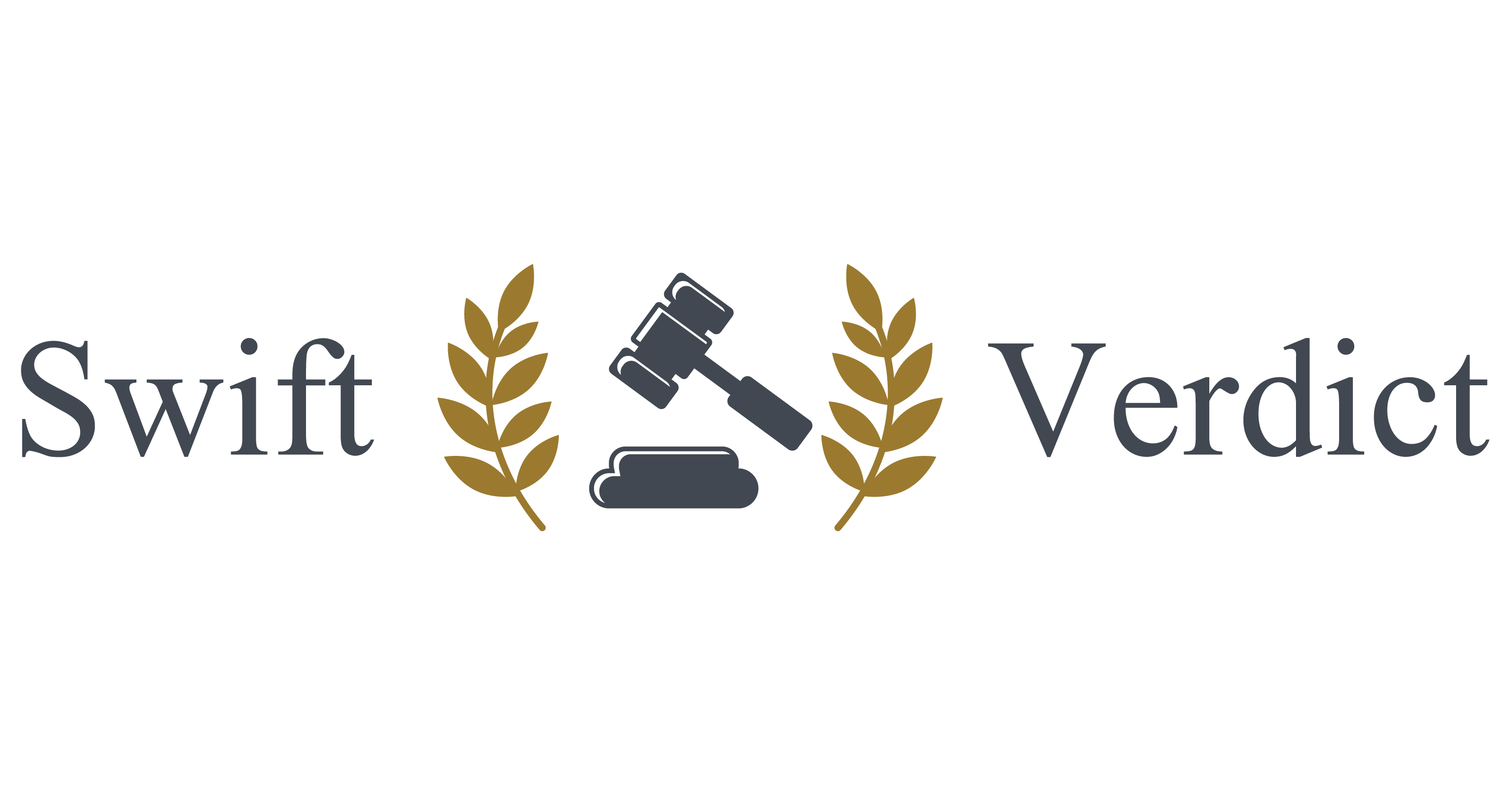Ethics has been central to a proper learning environment in the classroom for a long time. Students are being taught ethics with the help of principled examples. They are made aware of the rules and the reasons behind them. As the use of technology has become more common in the classrooms nowadays, teachers must also know about the new and challenging ethical issues that technology use can give birth to. If one understands the major ethical problems that can affect the classrooms, addressing them from time to time will be easier. Guiding them through the benefits of technology and preventing them from falling into its trap is of utmost necessity. The following points would throw more light on this topic.
Technology in Classrooms
 The availability of technology is almost everywhere and there is no doubt regarding the ethical issues that have cropped up due to that. According to quite a few experts, technology in classrooms can be quite disturbing. There are strict societal guidelines about what kids can and cannot do. Like, they can’t drive before 16, can vote after they turn 18, and can drink after they turn 21, so on and so forth. These rules have been in place since kids don’t undergo emotional development to be ready for a particular activity before they reach a certain age.
The availability of technology is almost everywhere and there is no doubt regarding the ethical issues that have cropped up due to that. According to quite a few experts, technology in classrooms can be quite disturbing. There are strict societal guidelines about what kids can and cannot do. Like, they can’t drive before 16, can vote after they turn 18, and can drink after they turn 21, so on and so forth. These rules have been in place since kids don’t undergo emotional development to be ready for a particular activity before they reach a certain age.
But trying to make their kids computer literate, the parents often unknowingly push them into cyberspace with no proper guidance. The kids can’t be expected to know the nitty-gritty of ethical behavior on the internet when no one cared teaching them about it in real-life situations. If parents and teachers devote themselves to understanding the major ethical problems that are affecting the classrooms, finding a solution would be much easier.
Electronic Communications
If teachers and students can electronically communicate with each other, it can be quite a fruitful step. However, the line between personal and business can become a bit hazy. While keeping electronic communications completely professional, the students need to be made aware of the risk if they think that their text messages and emails are personal.
Communication through business or school email systems has the risk of getting public, especially when one avails email systems at school or business. The children need to be warned of that.
Cyberbullying
 If the info page of Facebook is taken into consideration, there are around 1.79 billion active users on the social networking site. 66% of these 1.79 billion people log on to their accounts on Facebook every day. That’s massive. Some educators are encouraging students to connect and take part in brainstorming sessions via multimedia. Though the intention is positive for sure, has anyone thought about what can the consequences be if the students are not guided properly. To have fun, this pattern can turn into hurting others. This is termed cyberbullying.
If the info page of Facebook is taken into consideration, there are around 1.79 billion active users on the social networking site. 66% of these 1.79 billion people log on to their accounts on Facebook every day. That’s massive. Some educators are encouraging students to connect and take part in brainstorming sessions via multimedia. Though the intention is positive for sure, has anyone thought about what can the consequences be if the students are not guided properly. To have fun, this pattern can turn into hurting others. This is termed cyberbullying.
When teachers are friends with their students on social networks, they come to know about underage drinking as they see posts from them. A student can’t comprehend that by sharing things on social media, they are actually allowing others to breach their privacy. This leads others to engage in cyberbullying. This helps students to learn that Facebook exposes them to the world and it isn’t anonymous as they would like to believe. An individual’s posts and actions on social media can ruin their future.
Confidentiality
 Through social media, online forums, and various other online applications, schools can track the students and derive a lot of information about them. They get to know what’s going on in their day-to-day lives. The PTAC or Privacy Technical Assistance Center of the U.S. Department of Education has some useful practices that teachers can follow when they are signing up for new online services.
Through social media, online forums, and various other online applications, schools can track the students and derive a lot of information about them. They get to know what’s going on in their day-to-day lives. The PTAC or Privacy Technical Assistance Center of the U.S. Department of Education has some useful practices that teachers can follow when they are signing up for new online services.
That comprises going through the contract for the usage of data as well as retention policies. Aside from that, it is completely transparent about district information policies. They maintain transparency regarding what information is being collected and how it will be implemented, with the students and their parents.
There should be distinct boundaries of what students can and can’t do when they are using computers. The rules include not harming or bullying others, not stealing important data, and understand what the social consequences can be of each and everything they do on the internet.




